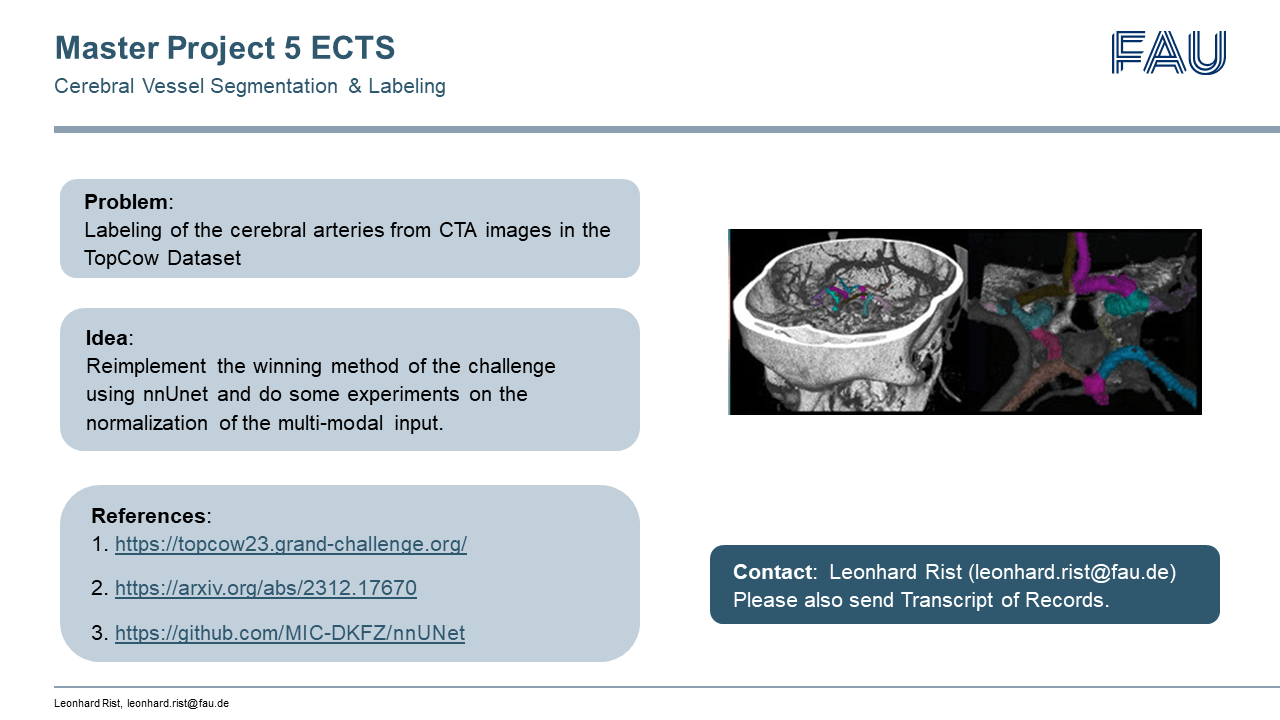Index
Generating High-Resolution CT Images via Score-Based Diffusion and Super-Resolution Techniques
Partial Convolution for CT Field of View Extension
Diffusion Model-Enabled Energy Level Transformation in Photon Counting Computed Tomography (PCCT)
Introduction:
Photon counting computed tomography (PCCT) marks a new era in medical imaging, offering an unprecedented ability to discriminate between different photon energy levels. This feature of PCCT is crucial for enhancing image contrast and specificity, allowing for more accurate tissue characterization. However, efficiently managing and converting between these diverse energy levels in a clinically practical manner remains a significant challenge.
This project aims to utilize diffusion model to streamline and optimize the energy level conversion process in PCCT. By leveraging the advanced pattern recognition and computational capabilities of diffusion model, the project intends to develop a system that can automatically and accurately translate between different photon energy levels, enhancing the utility and clarity of PCCT images.
The ultimate goal is to provide a robust and efficient framework that not only improves the diagnostic quality of PCCT images but also expands the practical applications of this technology in clinical settings. This involves intricate work in both the development of diffusion model and the understanding of the physics underlying PCCT.
Requirements:
- Completion of Deep Learning is mandatory.
- Proficiency in PyTorch is essential.
- Strong analytical and problem-solving skills.
Prospective candidates are warmly invited to send their CV and transcript to yipeng.sun@fau.de.
Development of a Gamification Platform for Wildlife Identification and Understanding
MASTER’S PROJECT (10 ECTS)
Multiple people required!
Welcome to “FinLearn” – an innovative gamification platform aimed at unraveling the mysteries of killer whales through photo identification, engaging users of all ages in an immersive learning experience. As developers, you have the opportunity to shape this platform into a captivating educational tool that inspires curiosity and fosters understanding about these majestic creatures.
FinLearn leverages state-of-the-art deep learning algorithms to analyze vast collections of killer whale images, allowing users to explore their distinctive markings, behaviors, and ecological roles. Through interactive modules and challenges, users embark on a captivating journey, learning about orca social dynamics, migration patterns, and the importance of conservation efforts.
Your role as developers is crucial in crafting engaging quests, challenges, and interactive elements that bring the world of killer whales to life. Whether it’s annotating photo identifications, analyzing behavioral cues, or exploring virtual marine environments, your creativity and expertise will shape the user experience and inspire a sense of wonder and discovery.
Furthermore, FinLearn fosters collaboration and community engagement, providing users with opportunities to share insights, discuss findings, and collaborate on research projects. By integrating discussion forums, collaborative initiatives, and leaderboards, you can create a vibrant learning community that transcends age barriers and geographical boundaries.
Together, let’s embark on this exciting journey of exploration and conservation. With FinLearn, you have the power to ignite a passion for marine science and conservation in users of all ages, inspiring a new generation of stewards committed to protecting the future of killer whales and their ocean habitats.
Project Requirements:
Required: Programming experience.
Nice to have: Experience in .NET, Angular, database design, web design, and familiarity with microservice architectures (Kubernetes, Docker)
Generation of Clinical Text Reports from Chest X-Ray Images
Latent Diffusion Model for CT Synthesis
Latent diffusion model is a successful generative model in the modern computer vision researches. Modeling the generative process as image denoising, the diffusion models can generate realistic images in high quality and shows superior ability as the GAN-based models. In medical imaging, computed tomography (CT) is a well researched imaging modality and also widely applied in clinics. In this project, we will investigate the feasibility of modern diffusion models for the task of CT synthesis.
A Comparative Analysis of Loss Functions in Deep Learning-Based Inverse Problems
Introduction:
In recent years, deep learning has emerged as a transformative force in the realm of image processing, particularly in addressing inverse problems such as denoising and artifact reduction in medical imaging. This research aims to systematically investigate the impact of various loss functions on deep learning-based solutions for inverse problems, with a focus on low-dose Computed Tomography (CT) imaging.
Low-dose CT, while beneficial in reducing radiation exposure, often suffers from increased noise and artifacts, adversely affecting image quality and diagnostic reliability. Traditional denoising techniques, although effective to some extent, struggle to maintain a balance between noise reduction and the preservation of crucial image details. Deep learning, especially Convolutional Neural Networks (CNNs), has shown promising results in surpassing these traditional methods, offering enhanced image reconstruction with remarkable fidelity.
However, the choice of loss function in training deep learning models is critical and often dictates the quality of the reconstructed images. Commonly used loss functions like Mean Squared Error (MSE) or Structural Similarity Index (SSIM) have their limitations and may not always align well with human perceptual quality. This research proposes to explore and compare a variety of loss functions, including novel and hybrid formulations, to evaluate their efficacy in enhancing image quality, reducing noise, and eliminating artifacts in low-dose CT images.
Detectability Index Reimplementation for CT Images Using PyTorch
Work description
This project focuses on reimplementing the Detectability Index for evaluating individual CT projections, with the goal of improving the performance and adaptability of existing Python-based algorithms using PyTorch. The selected candidate will delve into the current code, identify performance bottlenecks, and propose innovative solutions to optimize efficiency. The goal is to minimize package dependencies to ensure code longevity and maintainability.
The following questions should be considered:
- How can the existing Python code be improved with PyTorch for better performance and adaptability?
- Where do the current code’s performance bottlenecks lie, and how can these be addressed?
- How can the usage of external packages be minimized to ensure the code’s longevity?
- What innovative approaches can be implemented to enhance the Detectability Index calculation?
- How can the updated algorithm be validated for effectiveness and efficiency?
Prerequisites
Candidates should possess strong skills in Python and PyTorch, with the ability to quickly understand and improve upon existing code. A background in computational imaging or related fields, along with a problem-solving mindset, is essential.
For your application, please send your transcript of record.
AI-Driven Monuments Identification System and its details
In the realm of computer vision, significant research is currently dedicated to object detection
and recognition. Research groups and developers are actively striving to enhance machine
learning solutions, aiming to boost the accuracy of image detection and recognition in
accordance with specific use cases. The German AI-driven Monuments Detection System is an
innovative project aimed at providing tourists with an enhanced experience by leveraging
artificial intelligence (AI) to recognize and provide historical information about prominent
monuments in Germany. This document presents the project’s methodology, results, and
implications. With this machine, a user can scan the historical place and view its historical
details. There are five categories used in this model. Python is used as a programming
language with the TensorFlow framework.
Volumetric Cerebral Vessel Labeling

